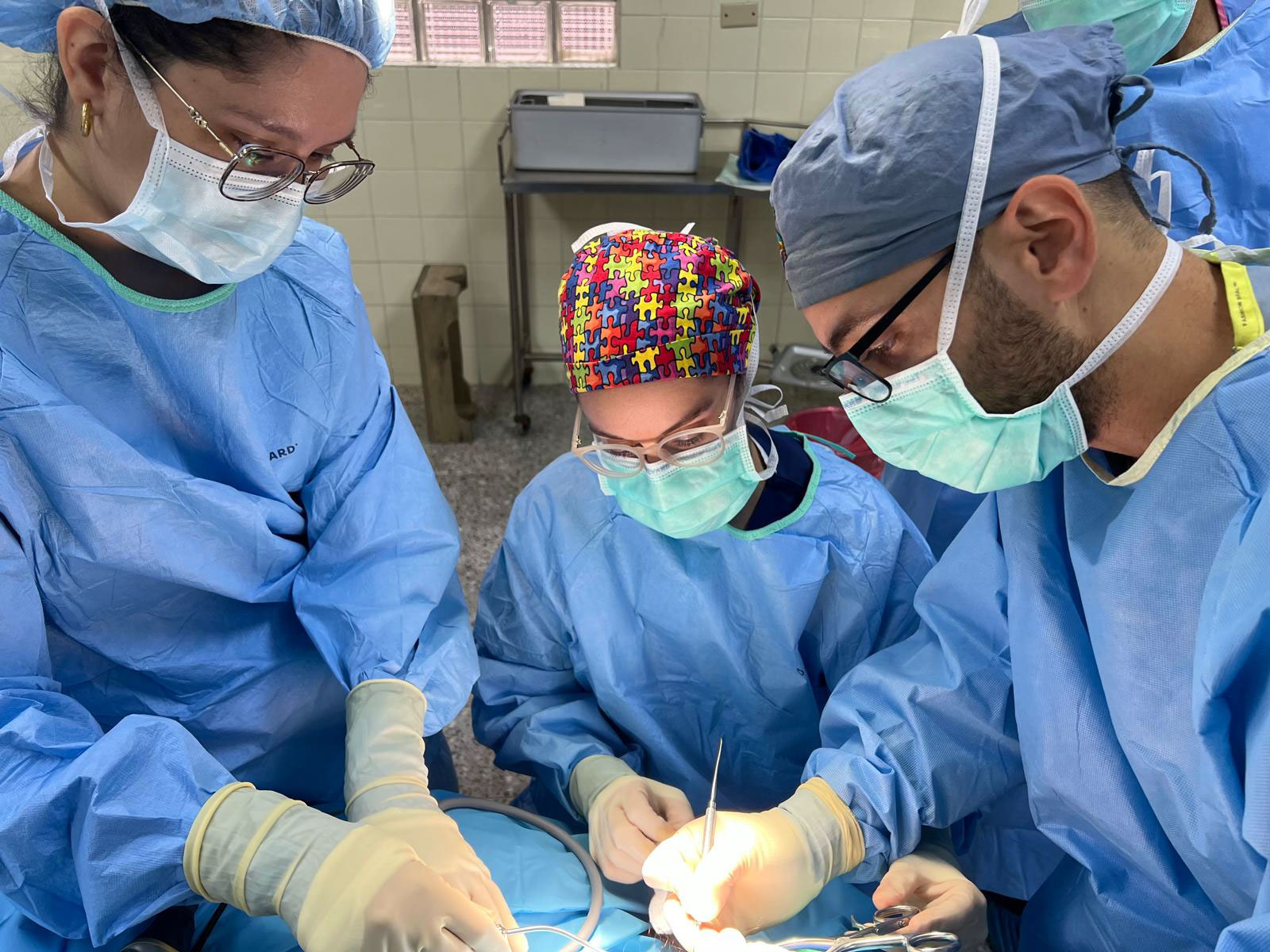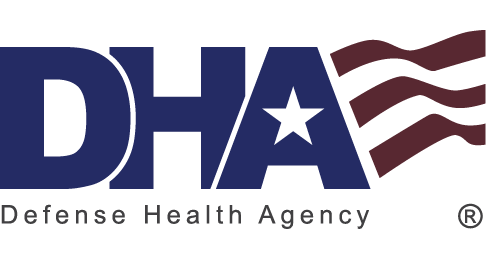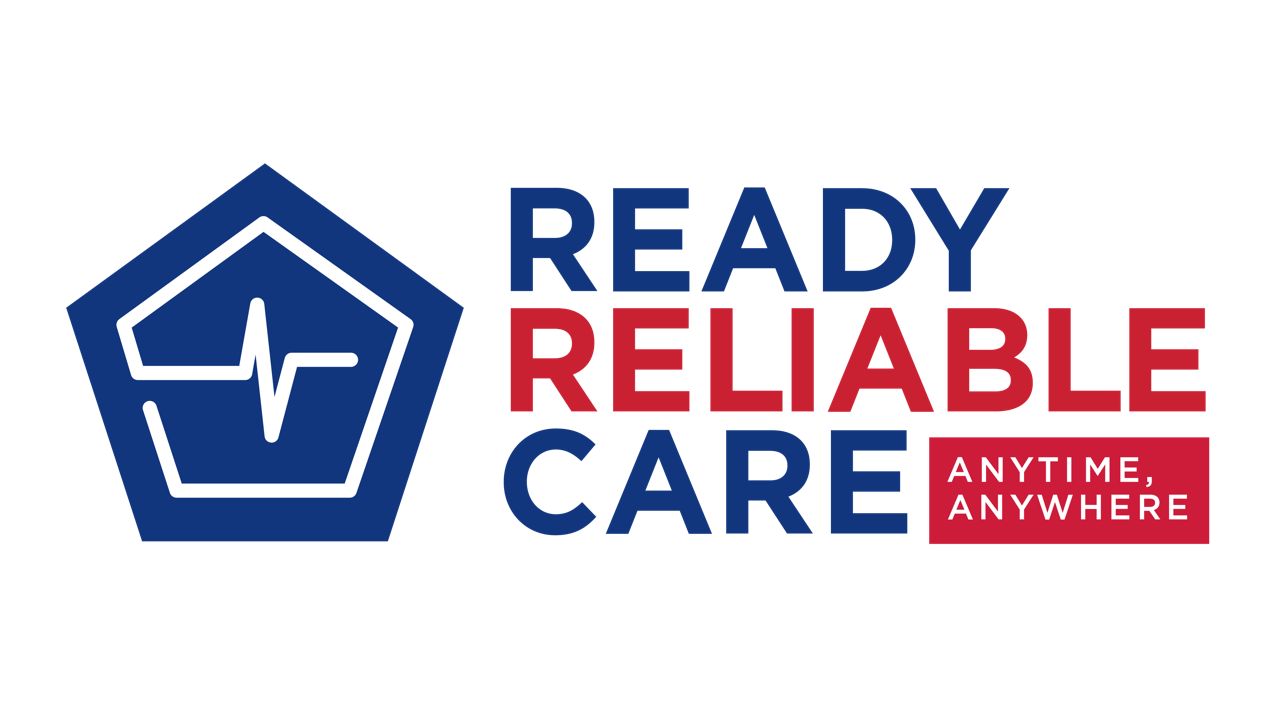High Reliability Organizations
A high reliability organization achieves top outcomes despite operating in complex or high-risk environments. Examples include airline and nuclear industries. They get top results by:
- Standardizing processes for less variability
- Reducing errors to achieve zero harm in clinical and non-clinical areas
- Celebrating transparency and accountability
- Valuing everyone's input, regardless of rank
We've taken specific actions to improve health care access, quality, safety, transparency, and patient engagement. We're also continually working to standardize and spread these efforts, in a coordinated path to high reliability for the entire MHS.

Ready Reliable Care Principles
Seven principles of Ready Reliable Care guide our work and apply to all staff, in every job. By using these principles in our work, we advance high reliability:
Preoccupation with Failure
Drive zero harm by anticipating and addressing risks
Sensitivity to Operations
Be mindful of how people, processes, and systems impact outcomes
Deference to Expertise
Seek guidance from those with the most relevant knowledge and experience
Respect for People
Foster mutual trust and respect
Commitment to Resilience
Leverage past mistakes to learn, grow, and improve processes
Constancy of Purpose
Persist through adversity towards the common goal of zero harm
Reluctance to Simplify
Strive to understand complexities and address root causes
Domains of Change
System-wide progress happens across four domains of change:
Leadership Commitment
Prioritize Ready Reliable Care at all levels of leadership
Culture of Safety
Commit to safety and harm prevention
Continuous Process Improvement
Advance innovative solutions and spread leading practices
Patient Centeredness
Focus on patients' safety and quality of care experience
Clinical Improvement Priorities
We've identified clinical improvement priorities for DHA and military hospitals and clinics. Several focus specifically on improvements in clinical process and care delivery to achieve top outcomes in readiness and health.




